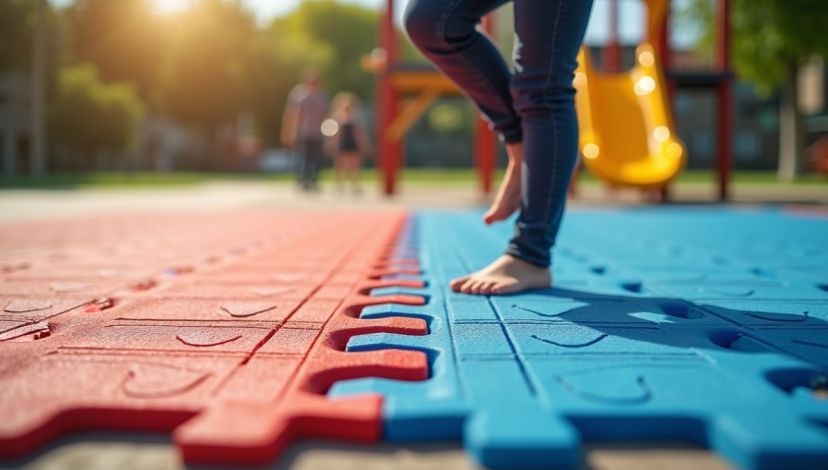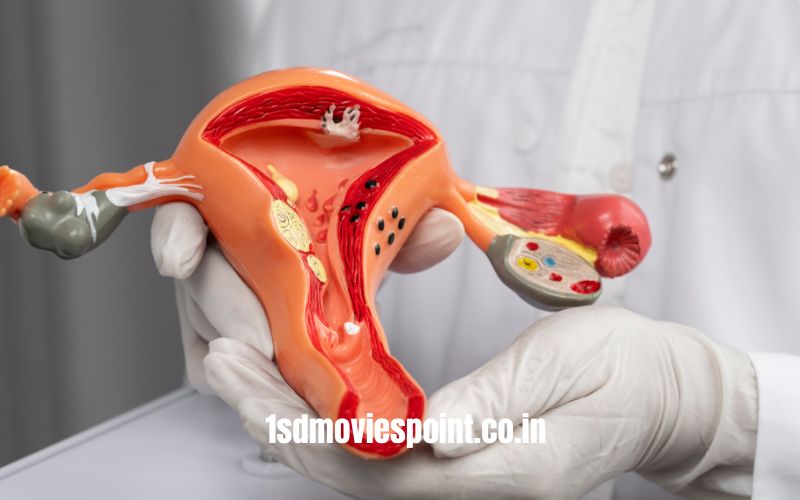The latissimus dorsi, commonly known as the “lats,” is one of the largest muscles in your back. It plays a crucial role in various upper-body movements, including pulling, lifting, and rotating the arms. Despite its importance, many people experience pain in this muscle due to strain, overuse, or injury. Understanding the causes, symptoms, and remedies for latissimus dorsi pain can help you manage discomfort and maintain a healthy, active lifestyle.
In this blog, we’ll explore what causes latissimus dorsi pain, how to recognize it, and what steps you can take to treat and prevent it.
Key Points:
- The latissimus dorsi is essential for upper-body strength and mobility.
- Pain in this muscle can result from overuse, injury, or poor posture.
- Treatment involves rest, stretching, and strengthening exercises.
What Are the Common Causes of Latissimus Dorsi Pain?
Latissimus dorsi pain can occur for a variety of reasons, ranging from simple overuse to more serious injuries. Let’s examine some common causes in detail:
1. Overuse or Repetitive Strain
Engaging in activities that involve repeated pulling or lifting motions can strain the latissimus dorsi. For example, swimmers, rowers, and weightlifters often experience pain due to the repetitive movements their sports demand.
Overuse can lead to tiny tears in the muscle fibers, causing inflammation and discomfort. If not addressed promptly, this pain can worsen over time, potentially limiting your range of motion.
*Reminder: Proper warm-ups and rest days are essential to avoid overuse injuries.
2. Poor Posture
Poor posture, especially when sitting for long periods, can strain the latissimus dorsi. Slouching or leaning forward places unnecessary tension on your back muscles, leading to pain.
For instance, office workers who spend hours hunched over their desks often complain of latissimus dorsi discomfort. Correcting your posture and taking regular breaks can significantly reduce this type of pain.
Comparison Table:
| Posture Type | Impact on Latissimus Dorsi | Solution |
| Slouched Posture | Increased strain | Use ergonomic furniture |
| Upright Posture | Reduced strain | Practice sitting upright |
3. Acute Injuries
Sudden injuries, such as falls or accidents, can directly impact the latissimus dorsi. For example, a heavy object hitting your back or an awkward pull during weightlifting can cause acute pain. These injuries often result in swelling, bruising, or sharp pain that limits movement.
If you experience acute pain, it’s crucial to rest and consult a healthcare professional to prevent further damage.
4. Tight Muscles and Lack of Flexibility
A lack of flexibility in the back and shoulder area can make the latissimus dorsi more prone to strain. Tight muscles are less capable of handling physical demands, which increases the risk of injury.
Regular stretching exercises targeting the back and shoulders can help improve flexibility and reduce the likelihood of pain.
*Note: Incorporating yoga or pilates into your routine can enhance flexibility and muscle balance.
How Can You Identify Latissimus Dorsi Pain?
Recognizing the symptoms of latissimus dorsi pain is the first step toward effective treatment. Here are some common signs to watch for:
- Localized Pain: Discomfort is usually felt in the middle or lower back, spreading to the sides or under the arms.
- Difficulty Moving: Pain may intensify during specific movements, such as pulling, lifting, or reaching overhead.
- Muscle Stiffness: The affected area may feel tight or stiff, especially after prolonged inactivity.
- Swelling or Bruising: In cases of acute injury, visible swelling or bruising may occur.
By identifying these symptoms early, you can address the issue before it worsens.
What Are the Best Treatments for Latissimus Dorsi Pain?
Once you’ve identified the cause of your pain, the next step is treatment. Here are some effective methods to alleviate discomfort:
1. Rest and Ice Therapy
Rest is crucial for healing strained muscles. Avoid activities that exacerbate the pain and give your latissimus dorsi time to recover. Applying ice packs to the affected area for 15-20 minutes at a time can help reduce inflammation and numb the pain.
2. Stretching Exercises
Gentle stretches can improve flexibility and relieve tension in the latissimus dorsi. Some effective stretches include:
- Child’s Pose: A yoga pose that elongates the back muscles.
- Overhead Reach Stretch: Extend your arms overhead to stretch the sides of your back.
3. Strengthening Exercises
Building strength in the surrounding muscles can support the latissimus dorsi and reduce the risk of future injuries. Focus on exercises like:
- Lat pulldowns
- Rows
- Pull-ups
Comparison Table:
| Exercise Type | Benefit | Recommended Frequency |
| Stretching | Improves flexibility | Daily |
| Strengthening | Builds muscle support | 2-3 times per week |
4. Physical Therapy
For severe cases, physical therapy may be necessary. A physical therapist can create a customized treatment plan that includes targeted exercises, massage therapy, and posture correction techniques.
How Can You Prevent Latissimus Dorsi Pain?
Prevention is always better than cure. Here are some tips to keep your latissimus dorsi healthy:
- Maintain Good Posture: Use ergonomic chairs and avoid slouching.
- Warm Up Before Exercise: Proper warm-ups prepare your muscles for physical activity.
- Take Breaks: Avoid sitting or standing in one position for too long.
- Stay Active: Regular exercise keeps your muscles strong and flexible.
Conclusion About Latissimus Dorsi Pain
Latissimus dorsi pain can disrupt your daily life, but with the right knowledge and approach, it’s manageable. Understanding the causes, recognizing the symptoms, and following effective treatment methods are essential steps toward recovery. Don’t forget to prioritize prevention by maintaining good posture, staying active, and incorporating stretching exercises into your routine.
By taking these steps, you can ensure a healthy back and enjoy an active, pain-free lifestyle.
FAQ’s About Latissimus Dorsi Pain
- What causes latissimus dorsi pain? Overuse, poor posture, acute injuries, and tight muscles are common causes.
- How can I treat latissimus dorsi pain at home? Rest, ice therapy, stretching, and strengthening exercises are effective home treatments.
- Is physical therapy necessary for latissimus dorsi pain? Physical therapy is recommended for severe or persistent cases.
- What exercises help prevent latissimus dorsi pain? Lat pulldowns, rows, and yoga stretches are excellent for prevention.
- Can poor posture cause latissimus dorsi pain? Yes, poor posture can strain the muscle and lead to discomfort.



